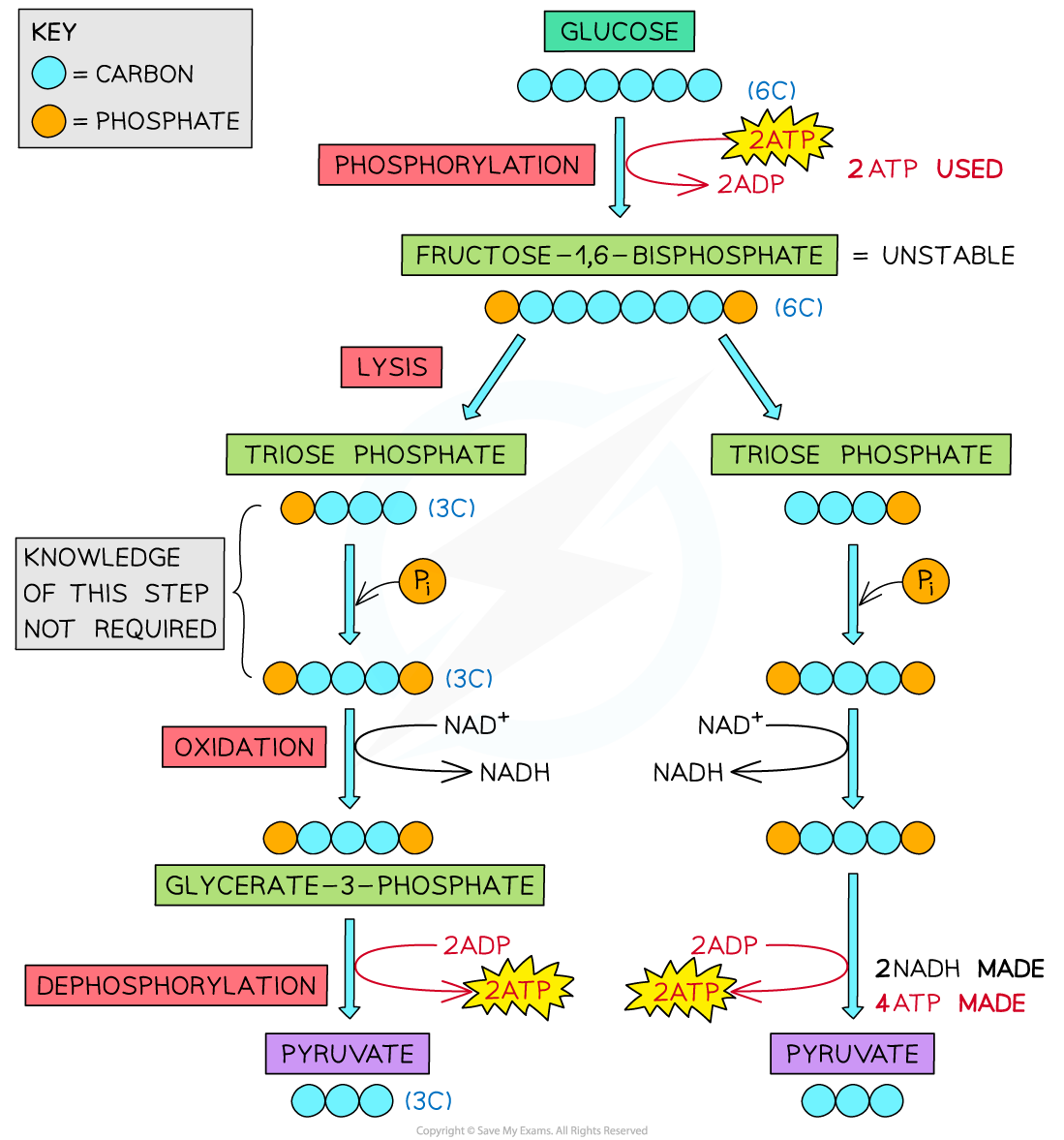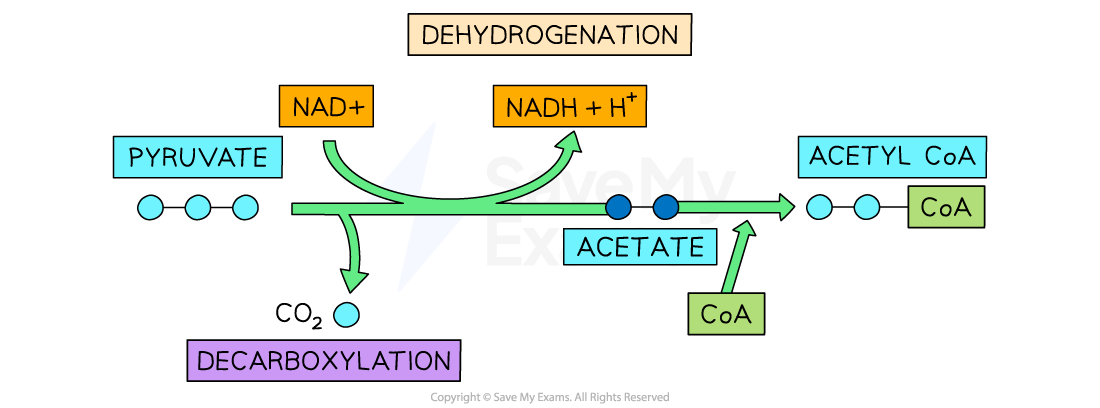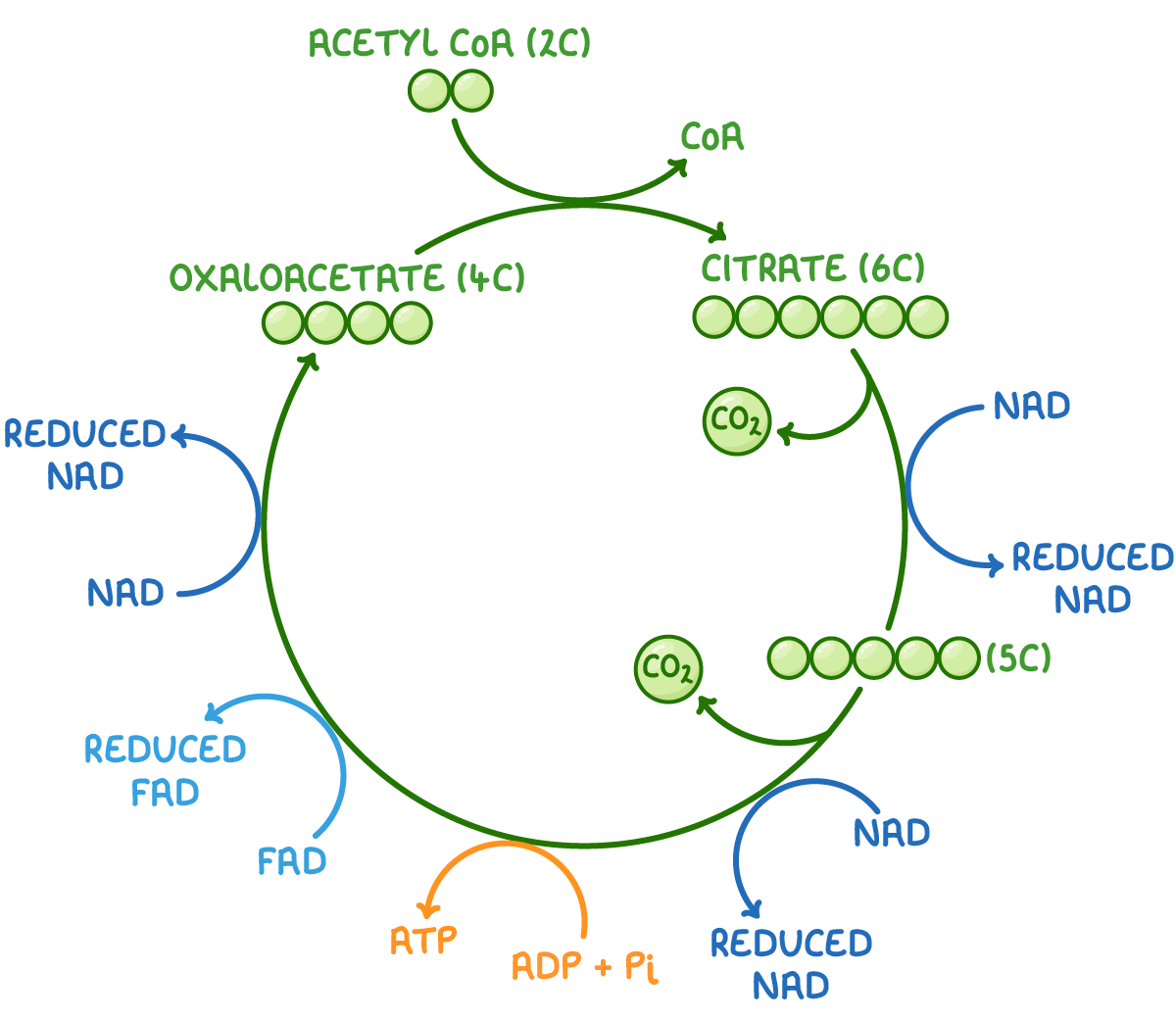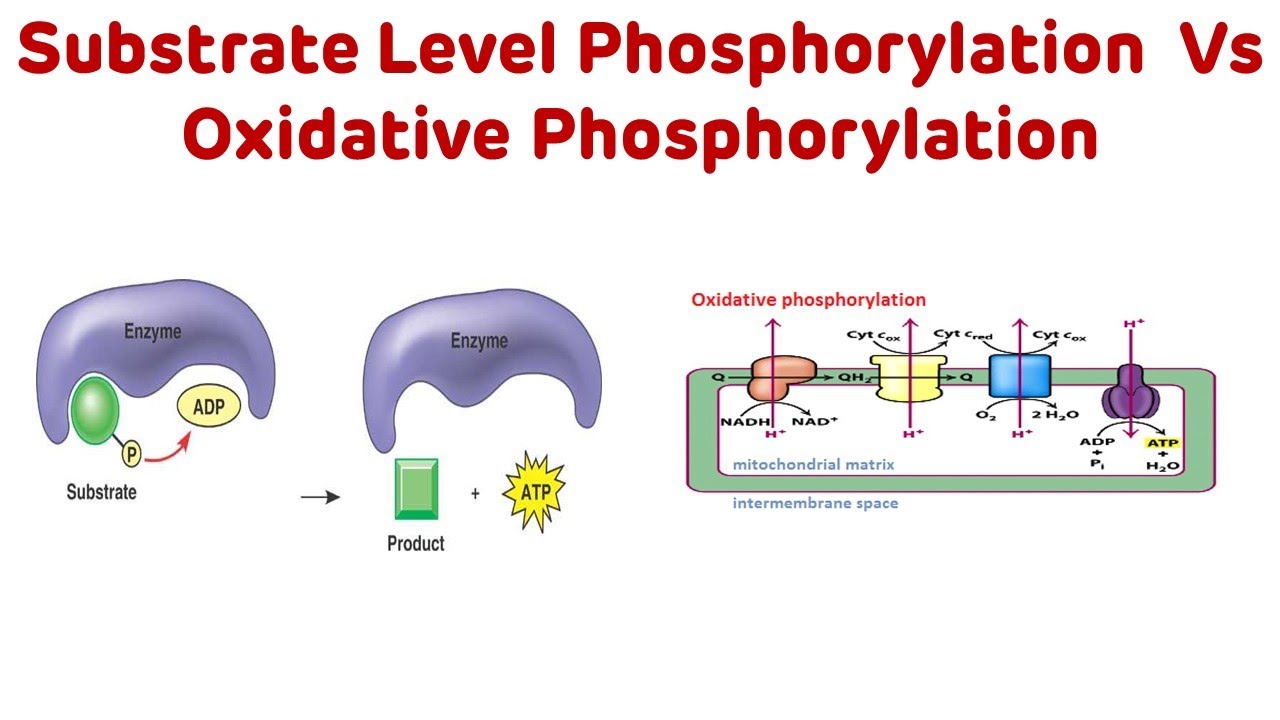C1.2 Cell Respiration
1/22
Earn XP
Description and Tags
Cell respiration
Name | Mastery | Learn | Test | Matching | Spaced |
|---|
No study sessions yet.
23 Terms
C1.2.1. ATP
Currency of energy in cells. See 2).
Adenosine triphosphate; nucleotide serving as energy carrier
ribose, adenine, 3 phosphates - energy is stored in the P2-P3 bond.
Properties: soluble, sufficient energy, easily made/created, non-diffusable so no leaking, stable at neutral pH

C1.2.2. Cellular processes requiring ATP
Active transport across cell membranes
Anabolism (mono→macromolecules)
Movement of cell - motility (cilia/flagellum)
Movement of cell components (eg. chromosomes in mitosis/meiosis)
C1.2.3. ATP and ADP
Endlessly converting. ATP ←→ADP + Energy (sufficient for many tasks).
The → produces energy used in anabolism. →exergonic, hydrolysis
The ← reaction uses light energy, catabolism etcetc… ←endergonic, condensation
C1.2.4. Cell respiration forming ATP
Respiration: Carbon compounds oxidized to release ATP. Mainly glucose and fatty acids.
Ventilation: moving air in and out of lungs
Gas exchange: swap one gas for another
C1.2.5. Anaerobic vs aerobic respiration (in humans)
Aerobic: use O2. sugar/lipid. 30-36ATP. CO2+H2O Cytoplasm+mitochondria
Anarobic: no O2. sugar 2ATP. Lactate Cytoplasm
Aerobic: Glucose + Oxygen → Carbon Dioxide + Water + Energy
Anaerobic: Glucose → Lactate + Energy
C1.2.6. Factors rate of cell respiration
T: optim = 20-30oC
CO2 conc: increase [], decrease R
O2 conc: increase [], increase R
Gluc conc: increase [], increase R
Type of cell: more mitochonria; higher R rates
Respirometers: calculate R by measuring O2 use or CO2 production
C1.2.7. NAD
NAD (Nicotinamide adenine dinucleotide) acts as a hydrogen carrier; in cell respiration;
Oxidation occurs when hydrogen, along with its electron, is removed from a substrate (dehydrogenation);
Thereby oxidizing the substrate; NAD is reduced when it gains hydrogen;
NAD+ + H+ + 2e- ←→ NADH (→red, ←ox)
Oxidation: -e, -H, +O
Reduction: +e, +H, -O
In resp; removing hydrogen from substrate = dehydrogenation
C1.2.8. Glycolysis
First step of respiration with glucose as substrate, in cytoplasm,
1. Phosphorelation: use 2 ATP→ C6→C62p (fructose 1-6 biphosphate)
2. Lysis: F-1,6-B breaks into 2 triose (C3p) phosphates
Another Phosphate added but not through ATP…
3. Oxidation: 2x NAD+→ NADH
Overall, triose phospates turned into G3P = glycerate-3-phosphate (2p3c)
4. Dephosphorelation: G3P → Pyruvate (C3) + 2ATP
Overall: input 2ATP and glucose, output 4ATP and 2NADHreduced and 2 pyruvate

C1.2.9. Anaerobic humans
Without oxygen, respiration ends here; can continue when ADP and NAD regenerated (by using up…) and supply of glucose is continuous
In humans; NAD is regenerated by adding hydrogen to pyruvate → lactate
In sprint; need very quick very short supply of ATP; use anaerobic; lactic acid produced; lower pH cytoplasm/blood ; hurts so you stop moving etc…
C1.2.10. Anaerobic yeast
Regenerate NAD aswell:
Pyruvate + NADH→ CO2+ethanal(CH3COH) → NAD + Ethanol
CO2 is used in baking for rising (bubbles), less dense
Ethanol is used in brewing drinks; sugar but no oxygen in container, increase alc concentration
C1.2.11. Link Reaction
If there is oxygen available the pyruvate molecules have to go to the Krebs cycle, but the input in this is acetylCoA. So the pyruvate moves into mitochondria (matrix) So; series of steps:
Pyruvate → CO2 +Acetate. (1)
Acetate + NAD → NADH+H+ + Acetate (2)
Acetate + CoA (Coenzyme) → Acetyl-CoA
Fatty acids can also do this, just cut off a C2 group and add CoA

C1.2.11 De- carbo,hydro,phospho
Decarboxylation: removing of CO2 resulting in an Cn-1 molecule
oxidative decarboxylation: the Cn-1 molecule loses electrons
Dehydrogenation: NAD+ → NADH + H+, oxidation of other group
Phosphorelation: ADP + P → ATP
C1.2.12. Krebs Cycle
Matrix of mitochondria
Acetyl CoA (C2) + Oxaloacetate (C4) → Citric acid (C6), coA is released
Citrate is oxidatively decarboxilized → 1CO2, 1NADH+H+ into C5 compound
C5 again→ 1CO2 + 1NADH+H+ + 1ATP + C4
C4 is turned into oxaloacetate (C4) → FADH2 + NADH+H+
Oxaloacetate continues the cycle with the addition of an acetylCoA

C1.2.12. Yield of Krebs/Citric Cycle
1AcetylCoA → 2CO2 +1ATP + 1FADH2 + 3(NADH+H+)
C1.2.13 What next?
Electron Transport Chain: happens on inner membrane of mitochondria
From last few steps, we have 6ATP and 10NADHred + 2FADH2
Reduced NADH+H++reduced FADH2 go to ETC to produce ATP.
NADH: 3 ATP. FADH2: 2ATP
C1.2.13 Phosphorelation
Substrate-level: phosphate released from an actual substance and added to ADP to form ATP (Glycolysis and Krebs)
Oxidative: use free energy from redox reaction (ETC)

C1.2.13 Splitting of NADH
The NADH+H+ (& FADH2) sare in the matrix. They are split up:
NADH + H+ → NAD+ + 2e- + 2H+
FADH2→ FAD+ + 2e- + 2H+
The electrons go into the ETC and the Hydrogen create proton gradient. The regenerated NAD goes back to be reused.
C1.2.13 ETC
The electrons released by the oxidation of NADH are transferred through electron carrier proteins (cytochromes) through the inner membrane of the mitochondria. They move and move, until they reach cytochrome oxidase; which releases the electrons back into the matrix, where oxygen; the terminal electron acceptor uses these for:
O2 + 4e- + 4H+ → 2H2O
C1.2.14/15 Proton Gradient
As electrons pass along the chain from 1 carrier to the next, energy is released, used to pump proteins from matrix to intermembrane space. This area is small so a gradient is quickly established. A potential diffference/store of energy is created. This causes proteins to move to the proton channel: ATP Synthase; a motor like protein that uses the energy H+ gives off through passing when moving back to the matrix to oxidatively phosphorelate ADP into ATP. Process of energy releasing/requiring etc to pump H+ through membrane; chemiosmosis
C1.2.14 Gain of ETC
Every NADH gives 3 ATP, Every FADH2 gives 2 ATP.
From glycolysis, link, krebs: 10NADHred + 2FADH2
10×3=30, 2×2=4. 34 ATP produced through ETC
C1.2.16 Terminal electron acceptor
Its important to note that although the electrons move through several carrier proteins, it moves out of the chance at some point and forms water. This reaction further contributes to proton gradient. Oxygens only role in cell resp. is as terminal electron acceptor at end of ETC. No O2 means no regeneration of NAD, thus no respiration. H2O is called metabolic water.
C1.2.16 Equation of respiration
2 ATP Krebs, 2 ATP Glycolysis, 34 ATP ETC:
C6H12O6→ 6CO2 + 6H2O + 38ATP
C1.2.17 Respiratory substrates
Not just sugars, also lipids and proteins can be used for ATP production; lipids 9kcal/g, sugar/proteins 4kcal/g.
Lipids have more oxidizable C-H bonds and lower O-content. A 16C f.a. produces >100ATP, while 1 gluc=38…
Glycolysis only glucose. No oxygen=carbs only (anaerobic). Lipid is long term, carbs is rapid short term.
f.a. form acetyl-coA, and enter Krebs here